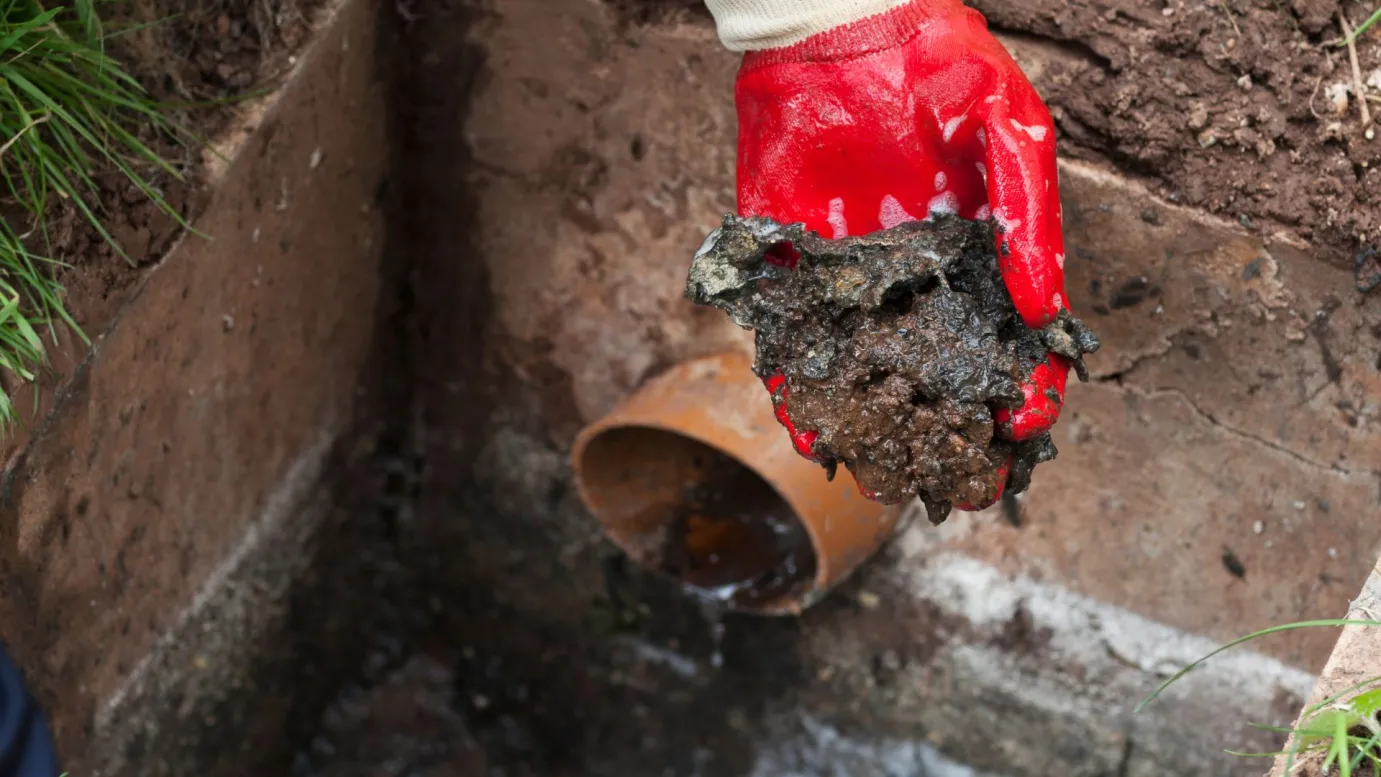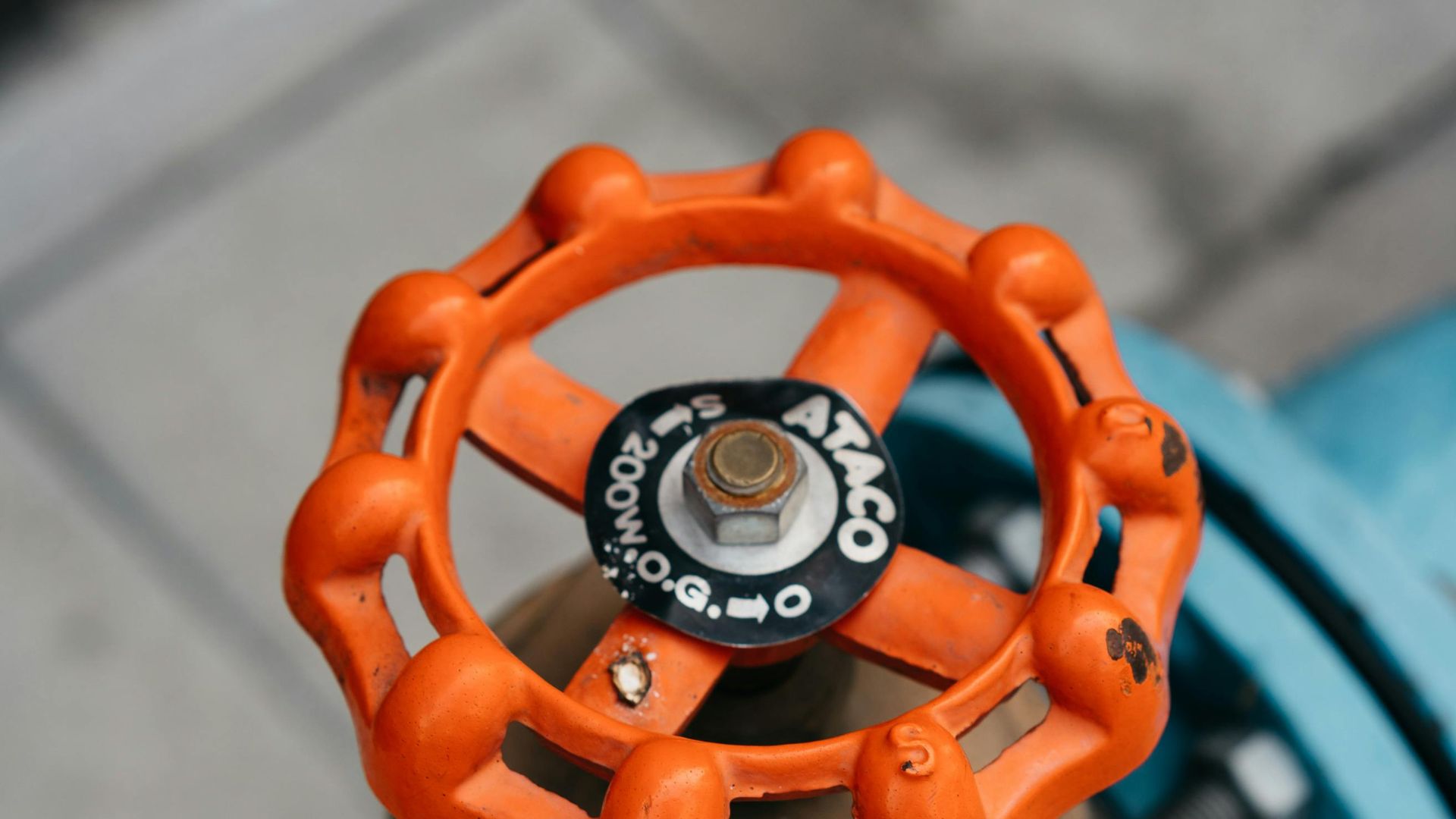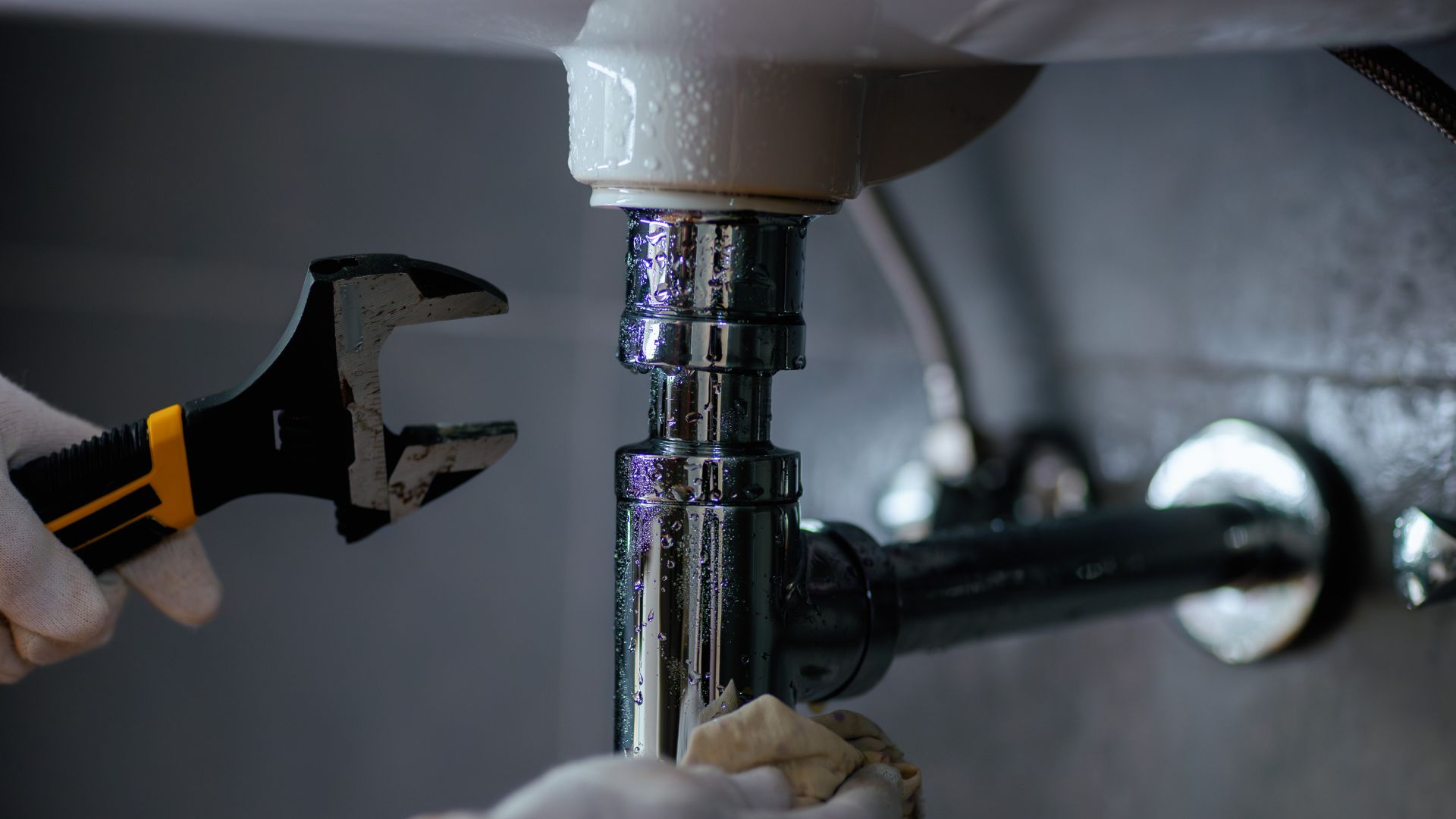More than 80% of plumbing emergencies in Australian homes begin with a clogged drain. These blockages usually strike in the worst spots—the kitchen sink or the shower drain—bringing daily routines to a standstill. They’re inconvenient and messy; if left unchecked, they can lead to costly repairs.
Drain issues tend to escalate quickly, especially when the wrong solution is applied. Many homeowners aren’t sure whether to use a drain snake or stick with a traditional plunger. Each has its purpose, but using the wrong one can make the problem worse or delay the fix.
Some try to take a shortcut with chemical drain cleaners, but these can corrode pipes and aren’t always effective against stubborn clogs.
We will take the guesswork out of the process. You’ll learn how to choose the right tool for different blockages and avoid making common mistakes that could lead to more serious plumbing problems down the line.
What is a Plunger and What is a Drain Snake?
Before diving into techniques, it helps to understand how these two common tools work. Both are designed to clear a plumbing blockage, but in very different ways.
The Cup Plunger Explained
A cup plunger is a basic tool found in most households. It has a rubber cup at the end of a wooden or plastic handle. The cup creates suction when placed over a drain opening and pushed up and down.
This action helps dislodge a clogged sink or clear a slow-moving sink drain. It’s best used on flat surfaces like those found in bathroom sinks, kitchen sinks, and some bathtub drains.
Cup plungers work well for simple blockages near the surface. They’re not made for deep blockages or use in toilet drains. Avoid using them on a shower drain where the seal isn’t tight enough to build pressure.
Meet the Plumbing Snake (aka Drain Snake)
A plumbing snake, often called a drain snake, is designed to tackle deeper or more stubborn clogs. It’s a flexible, coiled metal wire that’s inserted into the drain. When rotated, it breaks apart or grabs debris causing the clogged drain.
There are handheld models for common household use and motorised versions for serious blockages within the plumbing system.
The drain snake is ideal when water drains slowly, especially in clogged sink pipes, bathtub drains or toilets. It can reach far beyond the capabilities of a plunger and is far safer than using chemical drain cleaners that can damage pipes or worsen blockages.v
When to Use a Plunger vs a Drain Snake
Knowing when to reach for a plunger or a drain snake makes a big difference. Choosing the right tool depends on how the drain is behaving and what’s likely causing the issue.
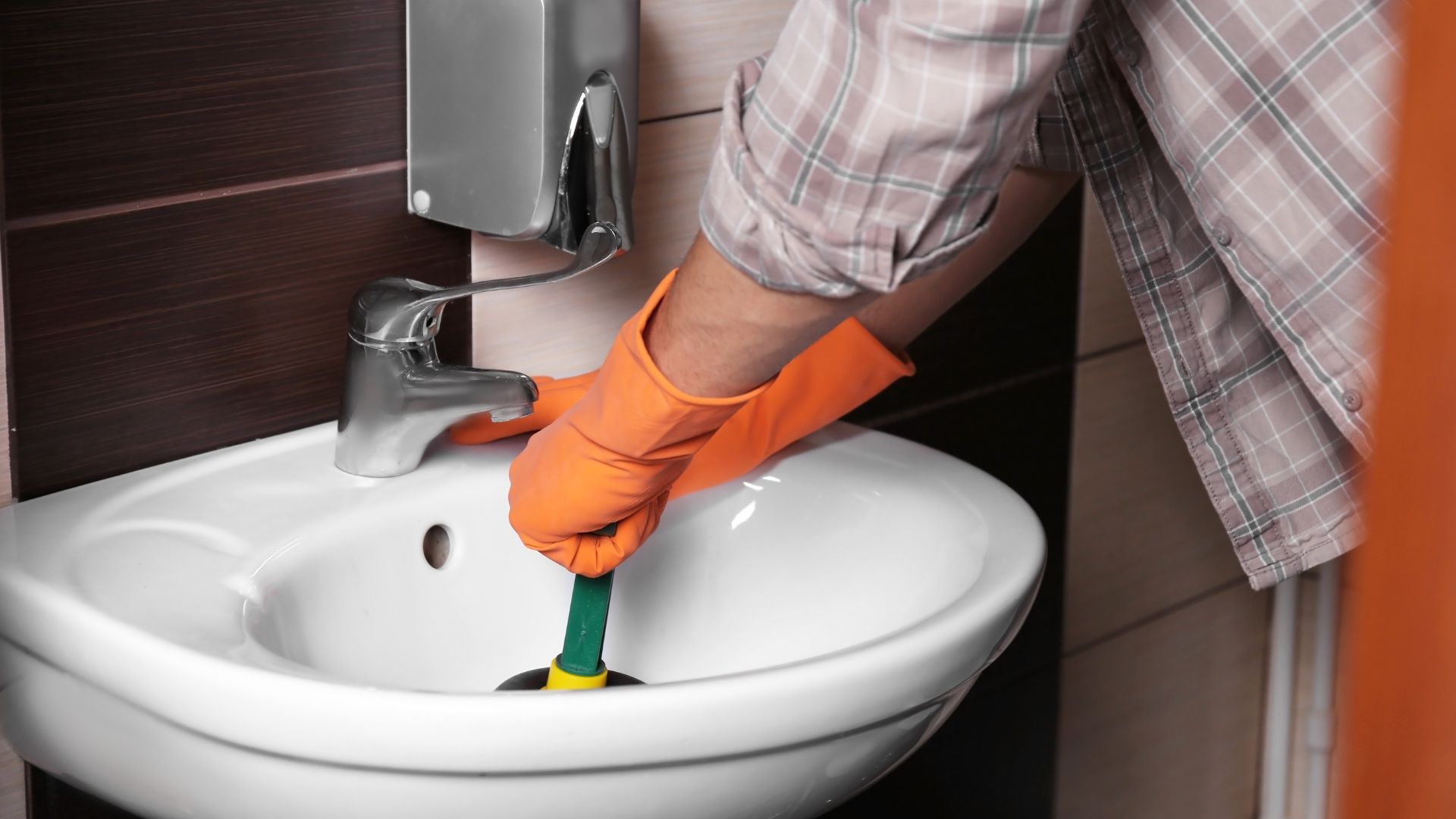
How to Tell Which Tool Is Right
A plunger is usually the first option if there’s visible water in the toilet bowl or pooling in the kitchen sink. A flange plunger works best for a blocked toilet, while a cup-style plunger is better for sinks.
When the water is draining slowly and nothing seems fully stuck, deeper blockages might be to blame. That’s where a drain snake or toilet auger steps in. These tools are made to reach beyond surface-level clogs and dislodge blockages further down.
Hot water and baking soda can help in some cases, but when those methods don’t work, it’s time to switch tools. Persistent use of drain cleaners can damage pipes and doesn’t always solve the root problem.
Assessing the Plumbing Issue
Start by identifying what’s likely causing the blockage. Hair and soap scum are common in bathrooms, while foreign objects and grease are more typical in kitchen sinks.
The location matters. A clogged toilet calls for a toilet auger or flange plunger. Bathroom or kitchen sinks may respond to a basic plunger first.
If the blockage is partial, water might still pass through slowly. If there’s no movement at all, it’s likely a full clog and may require a snake to clear it properly.
Using a Plunger Correctly: Common Mistakes to Avoid
A cup plunger is a handy tool, but it needs to be used properly. Simple errors can worsen minor clogs or damage plumbing.
How to Use a Cup Plunger the Right Way
- Start with the right tool:Use a cup plunger for flat surfaces like bathroom sinks or shallow clogs. Avoid using it for toilet bowls.
- Get a solid seal:Press the plunger firmly over the drain and ensure no air escapes. A tight seal allows pressure to build and helps clear minor blockages.
- Use hot water:Pouring hot water before plunging can soften grease or soap build-up, making it easier to clear a minor clog.
- Apply steady pressure:Use elbow grease, but don’t plunge too aggressively. Too much force can push a stubborn blockage further into the sewer line or crack pipes.
- Watch what’s going down:Clogs from toilet paper or soft debris are easier to shift. More stubborn clogs or more stubborn blockages may need a different method.
Common Mistakes to Avoid
- Plunging too quickly without building pressure
- Using a cup plunger on a toilet instead of the right type
- Not covering the overflow opening in bathroom sinks
- Forcing pressure on deeper issues better suited for other tools
The Power of the Drain Snake for Stubborn Clogs
A drain snake is the go-to tool when plungers just don’t cut it. It’s made to reach and break apart deeper, tougher clogs with precision.
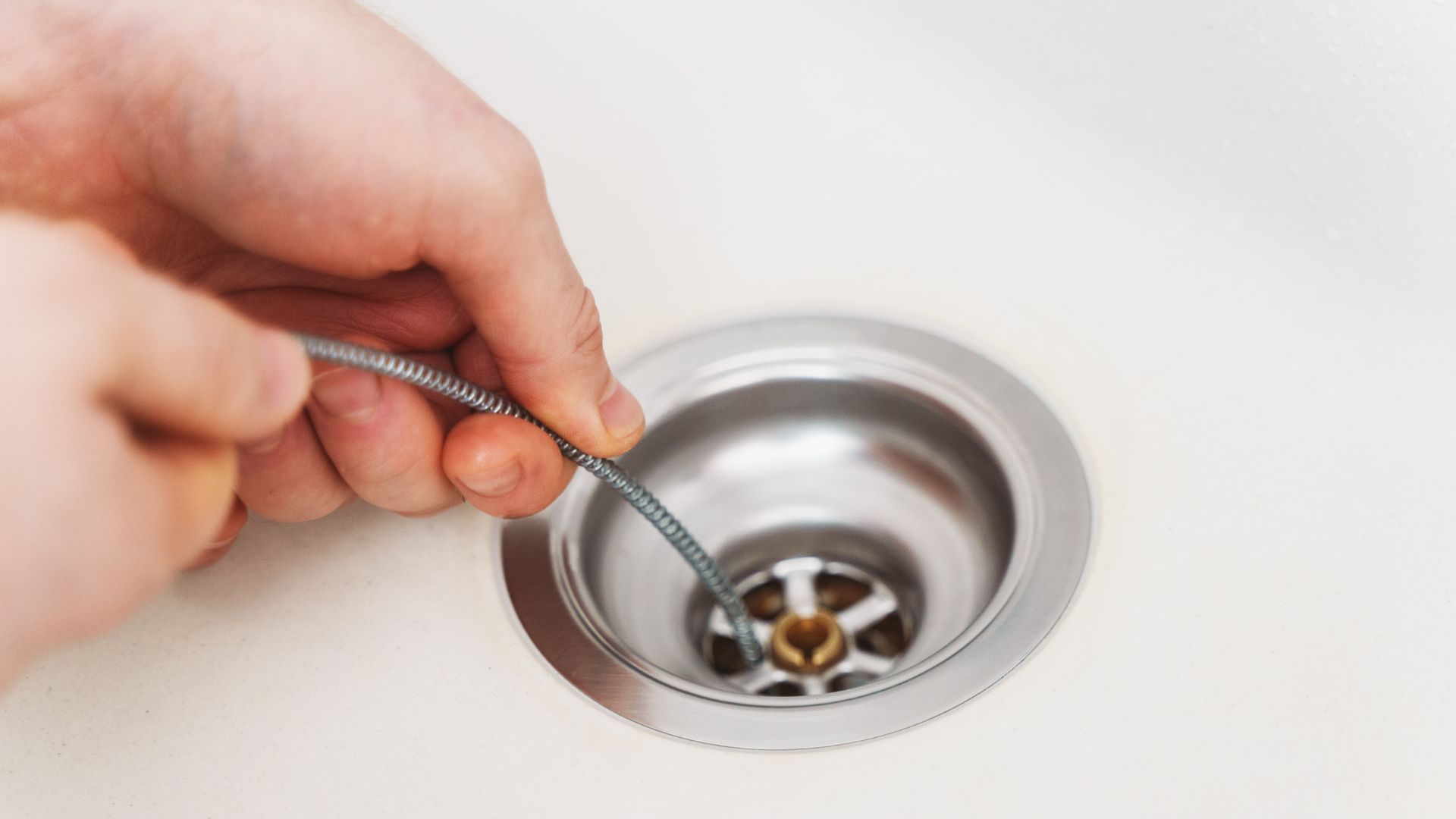
How to Use a Drain Snake Properly
- Insert gently into the drain opening: Feed the drain snake in slowly without forcing it. Forcing can damage pipes or make the tool harder to retrieve.
- Rotate to break apart the blockage: Twist the handle clockwise as the snake moves further in. This helps catch hair and break through deep-seated debris.
- Pull back with care:Once you feel resistance, rotate a few more times before pulling out slowly. This helps remove the blockage rather than pushing it deeper
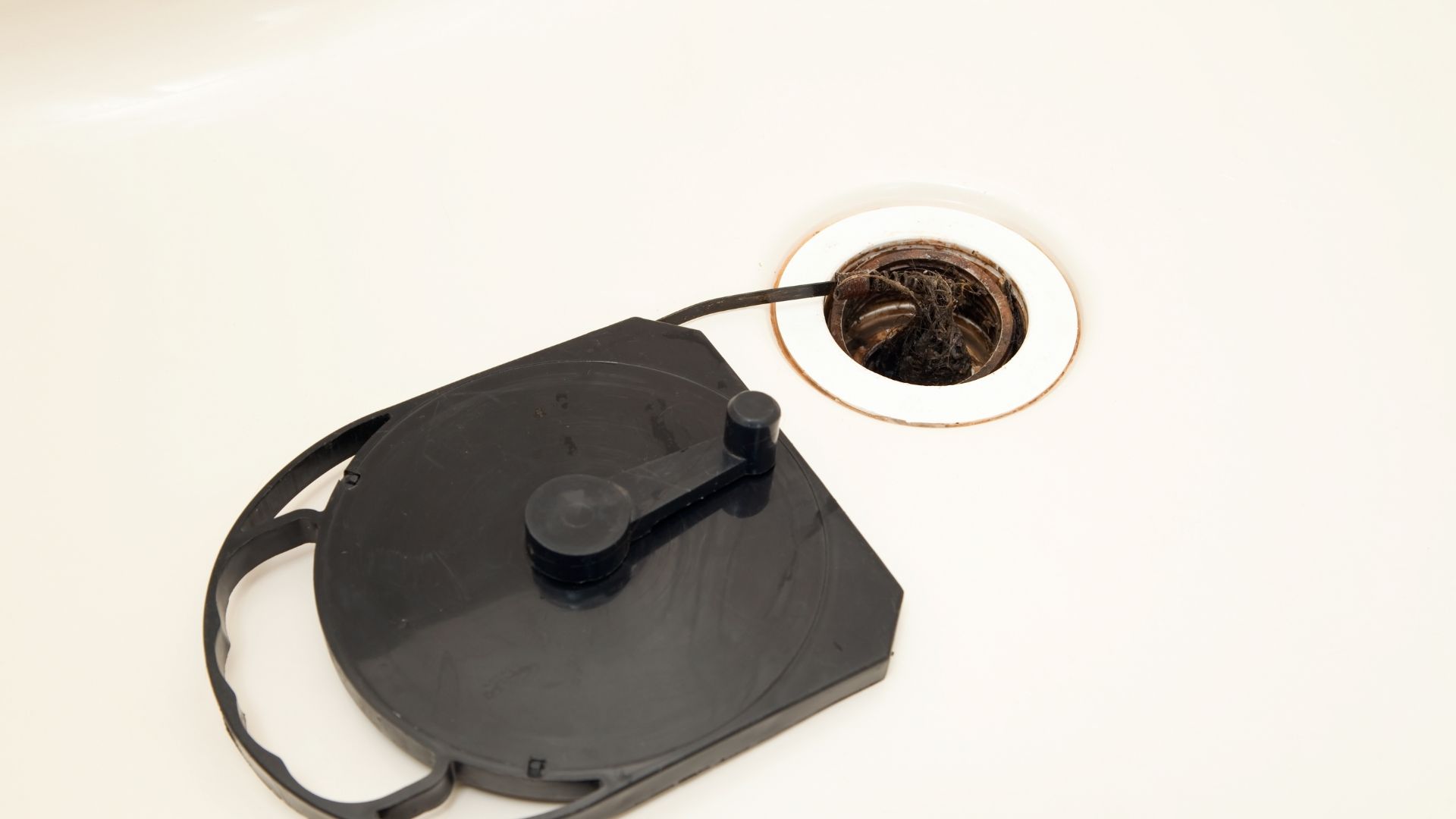
Risks and Precautions
- Avoid scratching porcelain: When using the snake near toilets or basins, be careful not to scrape the surface.
- Don’t push too hard: Forcing the snake can lead to it getting stuck or kinking inside the pipe.
- Watch the tension: If the snake becomes too tight to turn, ease it back slightly before continuing. This prevents pressure on bends in the pipe and reduces the risk of damage.
What to Try First Before Reaching for Tools
Before pulling out any tools, a few simple tricks using items already at home might solve the issue quickly and safely.
1. The Hot Water Method
Boiling water can be very effective for mild clogs caused by grease or soap scum. Slowly pouring it down the drain helps melt and shift soft build-up. This method is safe for most kitchen and bathroom drains, as long as the pipes are not plastic. It’s a great first step that can often clear a blockage without the need for tools or excessive force.
2. DIY Methods Using Household Items
A mix of baking soda and vinegar creates a bubbling reaction that can break down small blockages. Pour baking soda into the drain, followed by vinegar, then cover it and let it sit before rinsing with hot water. These natural solutions work well on minor issues but may not be strong enough for more solid clogs. It’s best to avoid harsh chemicals that can damage the plumbing or worsen the situation.
The Hidden Danger of Chemical Drain Cleaners
Harsh chemicals might seem like an easy fix when water stops flowing, but they often create more trouble than they’re worth. These cleaners can temporarily dislodge clogs but don’t always reach the real source, especially when solid debris or tree roots are involved. Over time, they can eat away at pipes, leading to cracks, leaks and expensive repairs.
It’s best to avoid pouring grease down the drainin the first place, as it hardens and traps soap scum and other waste. When cleaning out a blocked pipe, wear gloves and avoid harsh chemicals that can harm your skin and damage plumbing. Instead, hot water and manual methods can create suction without applying excessive force.
Drain issues caused by deeper problems, like tree roots or hard objects, require proper tools. Keeping drains clear starts with smart prevention and knowing when a DIY trick won’t cut it.
When DIY Doesn’t Cut It: Calling in a Professional
Some plumbing issues go beyond what diy methods can handle. If you notice sewer smells, standing water that won’t drain, or clogs that return shortly after clearing, it’s time to seek professional help. Trying to force a tool when you feel resistance can damage the pipes, especially with equipment from hardware stores not designed for all situations.
Professional plumbers use specialised tools and techniques, including camera inspections, to locate and fix the problem without guesswork. A licensed plumber ensures the job is done properly and safely, saving you from more expensive repairs caused by excess water or incorrect attempts.
Drains Clear Fast: Know What Works and When
Knowing when to use a plunger and when to bring in a drain snake can make all the difference when facing a blocked drain. Picking the right tool from the start avoids stress, wasted time and unnecessary mess.
If water starts draining slowly or stops altogether, don’t wait for it to become costly. Quick action keeps your home running smoothly.
For the clogs that won’t budge, Fixed Today is ready to step in. Contact us today and get it fixed today with fast, professional blocked drain services designed for your home.

